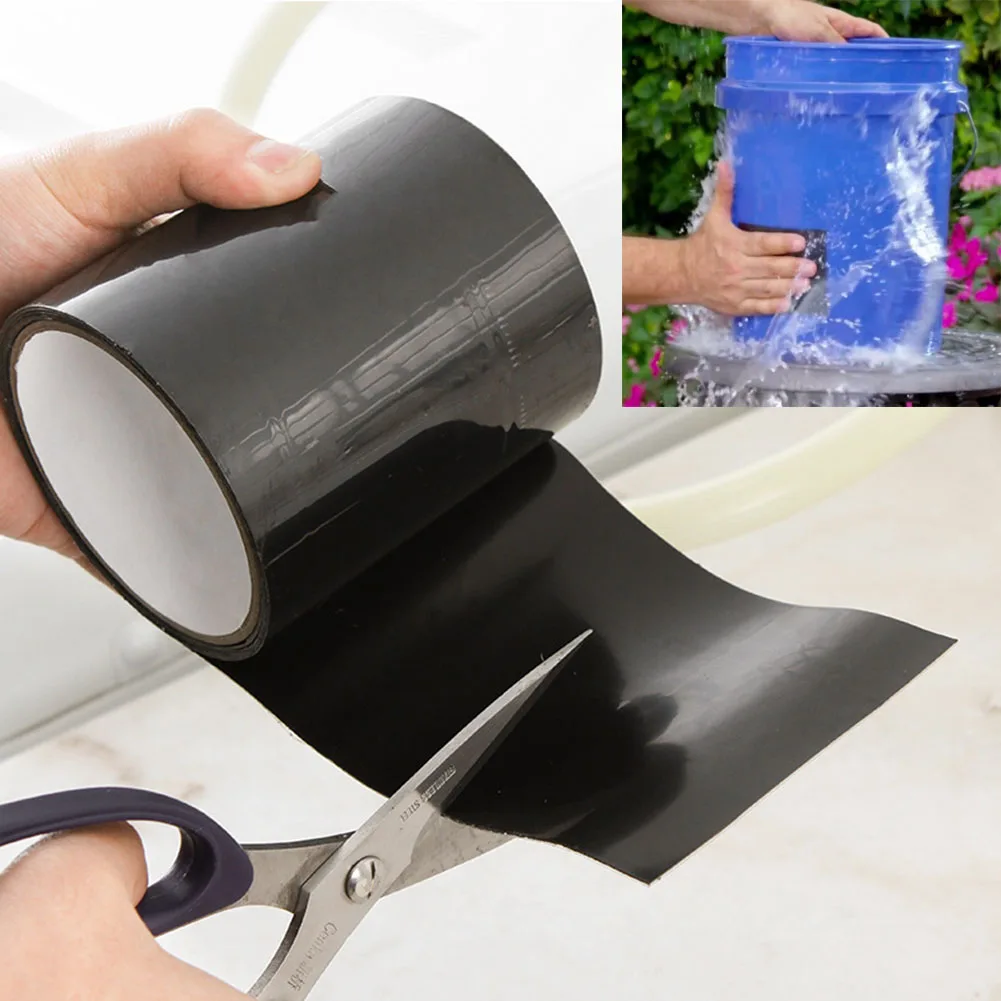Whether it’s a torn cassette tape or a damaged videotape, fixing a tape can be a daunting task. However, with the right tools and a bit of care, it’s possible to restore your precious memories or recordings to their original glory. In this comprehensive guide, we’ll delve into the world of tape repair, providing you with a step-by-step walkthrough and expert tips to help you fix a tape like a pro.
Image: shopee.ph
Understanding the Anatomy of a Tape
Before venturing into the repair process, it’s crucial to understand the anatomy of a tape. Cassettes and videotapes consist of a thin, elongated strip of magnetic tape housed within a protective casing. This tape is coated with magnetic particles that store data in the form of patterns. When a tape recorder or player reads these patterns, it converts them into sound or video signals.
Troubleshooting Tape Problems
Identifying the cause of a damaged tape is the first step towards successful repair. Here are some common issues to troubleshoot:
- Creasing or folding: This can cause the tape to wrinkle or break.
- Tangling: The tape may get tangled around the spindles or guides.
- Warping or bowing: Heat or humidity can cause the tape to deform.
- Tears or rips: Rough handling or aging can tear the tape.
- Sticky shed syndrome: A chemical reaction can cause the tape to become gummy and adhered to itself.
Cassette Tape Repair

Image: www.aliexpress.com
Step 1: Gather Tools
You’ll need:
- Splicing tape
- Splicing block
- Scissors
- Pencil
- Cleaning solution
Step 2: Locate and Trim the Tear
Use a pencil to mark a few inches on either side of the tear. Trim the excess tape using scissors.
Step 3: Clean the Tape Ends
Apply the cleaning solution to a cotton swab and gently wipe the trimmed ends of the tape to remove any dirt or debris.
Step 4: Position the Splice
Cut a piece of splicing tape the same length as the tear. Place the tape on the splicing block and align the torn ends of the tape with the center of the splicing tape.
Step 5: Apply Pressure
Hold the splicing tape firmly in place and press down on it with your finger to create a secure bond.
Step 6: Test the Repair
Rewind and play the tape to ensure that the splice holds firmly and does not cause any playback issues.
Videotape Repair
Step 1: Gather Tools
You’ll need:
- Videotape repair kit (includes tape cleaner, tape stretcher, and splicing tape)
- Scissors
- Pen
- Magnifying glass (optional)
Step 2: Visual Inspection
Using a magnifying glass, inspect the videotape for any creases, folds, or other damage.
Step 3: Clean the Tape
Insert the videotape into a tape cleaner and follow the manufacturer’s instructions to remove dirt and debris.
Step 4: Remove Creases and Folds
If the tape has minor creases or folds, use a tape stretcher to gently stretch it out and remove the imperfections.
Step 5: Repair Tears or Rips
Cut a piece of splicing tape the length of the tear. Apply the tape to the damaged section and press firmly to create a bond.
Tips for Preventing Tape Damage
- Store tapes in a cool, dry place away from heat and humidity.
- Handle tapes with care and avoid kinking or bending them.
- Rewind tapes before storage to prevent warping.
- Clean tapes periodically to remove dust and debris.
- Digitize tapes to create backups and extend their lifespan.
Additional Considerations
- If the tape damage is severe, it may require professional repair.
- Some types of tape, such as sticky shed syndrome-affected tapes, may be beyond repair.
- It’s always advisable to test repaired tapes on a spare playback device before playing them on a valuable recorder or player.
How To Fix A Tape
Conclusion
Restoring a damaged tape requires patience, care, and the right tools. By following the steps outlined in this guide, you’ll be equipped to fix cassettes and videotapes like an expert. Remember, preserving your memories and preserving your recordings can provide immense satisfaction and ensure these precious moments can be enjoyed for years to come. Whether you’re a seasoned enthusiast or a curious beginner, the world of tape repair is waiting to be explored, and the rewards of successful repairs are well worth the effort.